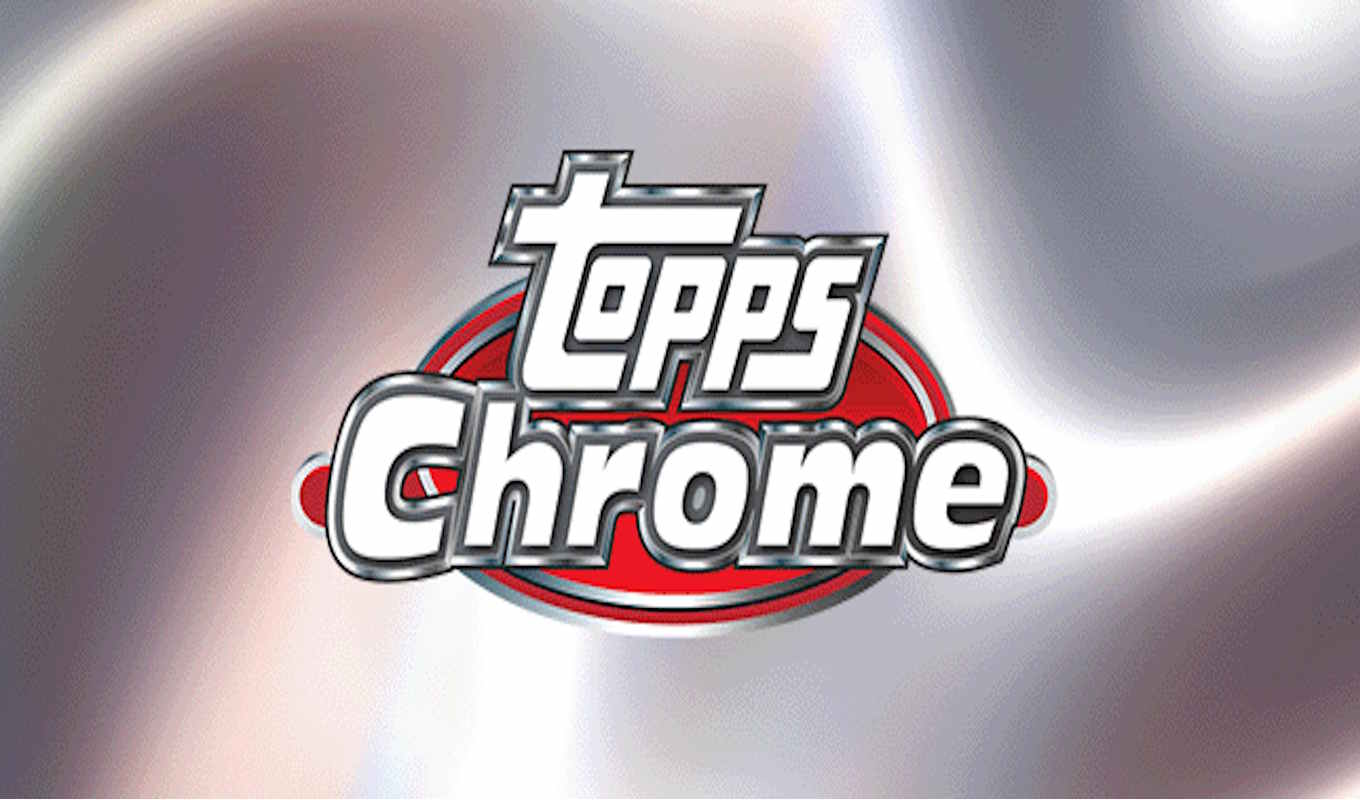

The prices and turnaround for grading have changed again—and not for the better. PSA has become a monopoly, which often comes with worse prices and services.
We have started to see that recently. We will delve into the new prices and how they change the calculus for when you should grade and when you should keep your cards raw. Here is all the info you need about the rising prices and turnaround time at PSA,
On April 7, PSA announced a new policy on turn-around time grading prices. The announcement went as follows:
“As 2025 progresses, we continue to see a high demand for our authentication and grading services, resulting in a strong, steady volume of incoming submissions to PSA.
We greatly appreciate our customers’ continued patience and are diligently working to process all orders as efficiently as possible to meet estimated turnaround times. As we continue to ensure transparency with our customers, we have some updates to provide:
– We are updating estimated turnaround times on our Value, Value Bulk, and TCG Bulk service tiers for submissions created on or after Monday, April 7.
Inbound submissions and in-progress orders are expected to be completed under their original estimated turnaround times at the time of submission.”
Here are the nuts and bolts of the announced PSA changes:
Updated turnaround times are as follows:
PSA added, “Meanwhile, our receiving process – the unboxing and system entry of delivered packages – is currently taking approximately 3-4 weeks for incoming Bulk tier submissions. If tracking on your package shows it has been delivered – or if you directly handed your submission to a PSA rep at a show or event – we can assure you that your submissions are secure in our facilities and the receiving queue. The PSA Changes In Service and Turnaround
If you plan to submit cards to PSA, grab a coffee and your calculator – here’s what you’re looking at now.
PSA just raised their prices again. If you’re wondering why, it’s not just about the money – it’s about managing an absolute tsunami of cards flooding their facilities.
What’s particularly interesting is the timing. These changes come right after PSA reported a 20% year-over-year increase in submissions. When you’re already processing nearly two million cards monthly, even small changes in turnaround times can have massive ripple effects on operations.
That is why PSA added to their announcement that “Bulk tier orders are taking approximately 4 months to complete from the date packages physically arrive at PSA. The estimated turnaround time clock does not begin on incoming orders until they have completed the receiving process and reached the “Order Prep” stage when viewing progress under My Orders in your PSA account. We are actively growing our team and integrating new technology to handle the increased volume while maintaining consistent and reliable grading standards. We’re committed to reducing turnaround times for our services in the long term, but we’re encountering some bumps in the road with the exceptional current level of demand we’re seeing. Once again, we truly appreciate our customers’ patience and will provide further updates here when available.”
The real kicker isn’t just the $2 price bump—it’s those extra 20 days of waiting. That’s nearly three weeks longer for your cards to come back, which can feel like an eternity if you’re trying to catch market trends. By then, the prices are also very likely to change in this incredibly volatile market.
Regular Service hasn’t escaped changes either. While the price is $50 per card, the turnaround time has stretched from 10 business days to 15. For context, that’s essentially adding a whole trading week to your wait time.
Express and Super Express services remain unchanged – if you’re willing to shell out $150 or $300 per card, you’ll still get your cards back in 3-5 days or 1-2 days, respectively. But let’s be real: you’d better sit on some severe heat at those prices.
Here’s what nobody’s talking about: these new timelines are “estimated.” Anyone who’s been in the hobby long enough knows that when PSA says 65 days, they’re giving themselves some wiggle room. The real question isn’t whether your submission will take precisely 65 days – it’s whether these new timelines will stick or if we’ll see more “adjustments” as volume continues to surge.
The company has become pretty reliable recently. But this may signal a move away from the emphasis on quickly returning the cards to you.
For those keeping score at home, that’s two price increases and multiple timeline extensions since January. If that doesn’t tell you something about where this market is headed, I don’t know what will.
Let’s break down what’s happening here:
The timing isn’t random. Recent data shows that grading activity increased to 1.93 million cards in February alone, a 5% increase from January. When processing nearly 2 million cards monthly, even minor operational hiccups can cause significant backlogs.
The market’s response has been telling. While some collectors grumble about the changes, PSA’s main competitor, SGC, doesn’t offer a quick escape route. They also report delays due to volume, suggesting this is an industry-wide challenge rather than a PSA-specific issue.
The real question isn’t whether these changes will stick—they will. It’s whether they’ll actually solve the underlying problem. PSA’s dominance in the market means they process more cards than their next three competitors combined. That’s not just a business advantage; it’s an operational challenge that no price increase can fully address.
This creates an interesting decision point for collectors and investors. Do you pay more and wait longer for the market-leading PSA label? Or do you explore alternatives, knowing that PSA’s stricter standards might make their grades more valuable in the long run?
One thing’s clear: the trading card grading industry is going through growing pains. These price increases and delays aren’t just about managing current demand – they’re about reshaping how the hobby approaches card grading. Whether that’s good or bad for collectors depends entirely on your timeframe and tolerance for change.
We have all noticed that PSA 9s are increasingly losing their value. They are now basically equal to raw cards. That means that unless you score a PSA 10, it is unlikely to be worthwhile to grade your cards.
Here are the numbers to make this more straightforward:
| PSA 9 | PSA 10 | Raw | |
| Luka Doncic 2018 Prizm Base Rookie | $78.00 | $224.30 | $84.50 |
| Justin Herbert, 2020 Prizm Base Rookie | $121.00 | $849.00 | $110 |
| Ja Morant 2019 Prizm Base Rookie | $11.50 | $31.00 | $31.00 |
| Jayson Tatum 2017 Prizm Base Rookie | $44.00 | $90.00 | $37.00 |
In most cases, the raw is worth more than a PSA 9. That makes sense when you consider that they are paying for the CHANCE that will be a PSA 10. The 9 is worthless on its own. When you factor in the process of grading, and the time you wait, you will be losing money. Sometimes, there is a significant percentage if you get a PSA 9.
Of course, there are exceptions, especially when it comes to vintage, which is a different story. But for ultra-modern people, a PSA 9 isn’t really a good choice.
That is why it is essential to look at another angle that most people are missing: PSA’s stricter grading standards. Their tougher stance on centering isn’t just about quality control—it’s about managing volume. When fewer cards cut top grades, people think twice before submitting borderline cases. It’s population control through quality standards.
Let’s look at the PSA gem rate for cards from 2020 and later over the last year.
| April 2024 | 54% |
| August 2024 | 50% |
| September 2024 | 48% |
| January 2025 | 46% |
| March 2025 | 43% |
The trend has been relentless downwards. There was never enough month-over-month to lead to a significant outcry, but it was still very consistent. There were hardly any months where the rate went up over the last twelve months. Therefore, it is hard to dismiss this as a coincidence.
PSA has quietly turned into that tough professor who never gives out A’s, and the numbers tell the brutal truth. Here’s what’s happening:
. That 60/40 centering that used to get you a 10? Now it barely scrapes a 9. They’ve tightened everything to 55/45 for gems and are enforcing it.
Think of it like your local speed limit suddenly dropping by 5 mph – and the cops showing up to enforce it. The change ripples down the grading scale, turning yesterday’s 9s into today’s 8s. Some collectors call it a “silent grading change,” but there’s nothing quiet about its impact on grades.
But here’s the thing – this might be good news if you play the long game. PSA isn’t doing this because they woke up one morning and chose violence. With 76% market share and over 15.3 million cards processed last year, they’re considering maintaining their reputation. Stricter standards mean fewer gems and fewer gems mean more value for those perfect 10s sitting in your collection.
It’s like when a mint starts making fewer coins – the ones already out there suddenly become more interesting to collectors. The real question isn’t whether PSA is grading tougher (they are); it’s whether your collection strategy is ready for this new reality.
Is grading still worth it?
Some of us grade to protect the cards or because we like the look. But ultimately, grading is a numbers game. How much is the card worth raw, and what will you get with the likely grade for the card?
Then, you determine if it is worth the price and the turnaround time. Between the decline in gem rates, the faster turnaround time, and the higher prices, the profitability margin has (again) gone down. That is just a fact.
When you send in a card you think has a chance at a gem mint, assume it won’t get it most of the time. The math is against you.
So send in submissions where it will be a win if you get 40% PSA 10 or so.
The smart money says this won’t be the last adjustment we see in 2025. The question is: what’s your breaking point?
Here’s what smart money is doing right now:
First, they’re getting brutally selective. When a PSA 9 trades at raw card prices, you’re betting your grading fee on hitting a 10. It’s like playing poker, but you’re paying to see the river card. The math has to make sense.
Second, they’re diversifying their grading strategy. SGC’s 10x lower volume than PSA means faster turnaround times, even if they also see delays. That speed advantage matters for cards that aren’t absolute bangers – especially when market prices are as volatile as a rookie’s performance.
Third, they’re thinking long-term about population control. PSA’s stricter standards aren’t just about quality but about creating scarcity. Those existing PSA 10s? They just got more valuable. It’s basic economics: when something becomes harder to get, what’s already out there becomes more desirable.
But here’s what keeps me up at night: this isn’t the end of the changes. PSA’s 76% market share gives them the power to keep adjusting prices and standards. They’re not just grading cards anymore—they’re actively managing the market. That means the prices and turnaround are likely to get worse, not better.
what was Panini doing? 🙄
I compared sports card prices from the big sellers to save YOU money
Is GameStop buying PSA? (the truth!)
I ripped an entire case of Phoenix Football (BIG win or MASSIVE loss?)
Make an extra 30% PROFIT on eBay with this sports card hack
What's your biggest trading card regret? This is a safe space. 🤣
I used ChatGPT to invest in sports cards (and make this thumbnail lol)
Easy hack for buying Tyrese Haliburton rookies at a DISCOUNT.

BCW Thick Card Toploaders 197 Pt. 10 per pack

BCW Thick Card 59 Pt. Toploaders. 25 per pack

BCW 20 Pt. Toploaders. 25 per pack
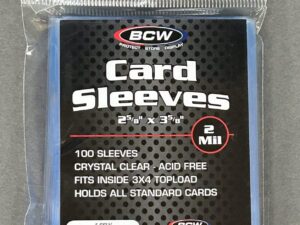
BCW Standard Card Sleeves. 100 per pack
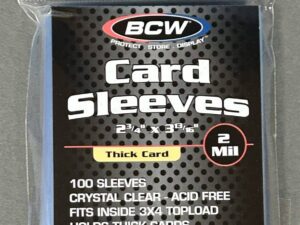
BCW Thick Card Sleeves. 100 per pack

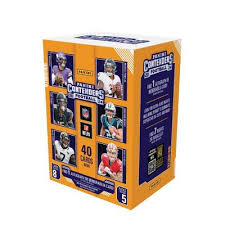
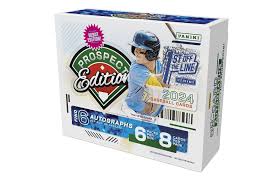


2022 Topps Heritage Baseball Blaster Box Configuration: 7 Packs per Box – 9 Cards per Box. Plus 1 extra pack.





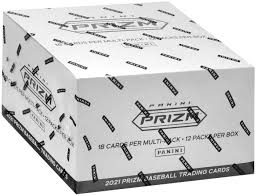

© Copyright 2025 - All rights reserved Cardlines.com / Media Techs LLC - Sports Card News, Reviews, Releases and BREAKS - #thehobby.
Important: When you click on links to various merchants on this site and make a purchase, this can result in this site earning a commission. Affiliate programs and affiliations include, but are not limited to, the eBay Partner Network.
The SAD story of Collectable. What went wrong? (The Downfall Fractional Sports Card Investing)
Cardlines June 18, 2025 3:00 pm